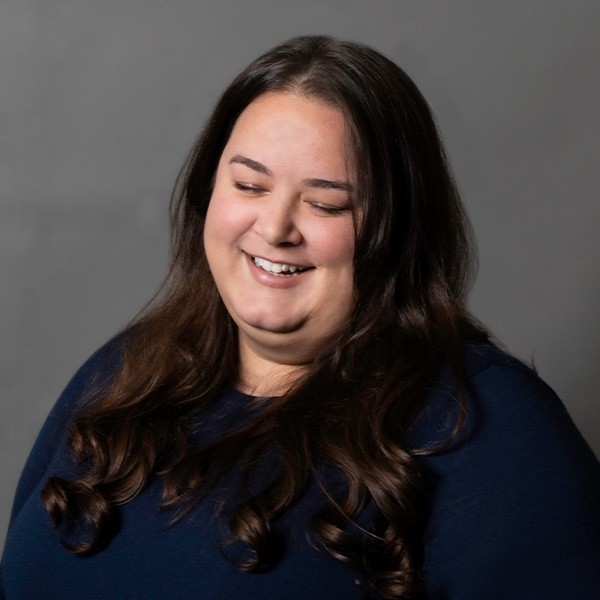Published August 22, 2019
Literature Courses That Read Between the Lines

Words cross the borders of space and time even when people can’t. That’s why NYU professors strive to change the way students look at literature. At NYU Abu Dhabi, Professor Paulo Lemos Horta’s course Literary Translation delves into how translation shapes cultural exchanges. And at NYU Shanghai, students recreate Shanghai’s history through fiction in Professor Lena Scheen’s literature course Shanghai Stories.

Translation Builds Meaning at NYU Abu Dhabi
At NYU Abu Dhabi, Horta focuses on Arabic literature. His interest lies in how translation loses parts of the original meaning while gaining valuable layers through cultural relocation. “The cliché is that translation is always a betrayal or a loss,” says Horta. “But when works of literature travel across time and space, they acquire new meaning outside of their source culture or language.” The example he turns to is One Thousand and One Nights. Nights originated in the Arab world, gaining pieces from Greek, Hindu, Persian, and European traditions as it traveled. The stories evolved into a conversation between cultures. In fact, Horta focuses on how several of the stories became part of the Nights when it traveled through France. They have since become an integral part of the work.
Horta’s students study Arabic literature in both its original form and its translation. They also study it in situ. “We deal with works of literature that interweave with our location,” Horta explains. “We access layers of history, literature, and culture when we take students to places like Oman and Ras Al Khaimah, where some of these works come from.”

Stories Come to Life at NYU Shanghai
Shanghai is a storied and rapidly changing city, and its past and present bring together many cultures. Professor Lena Scheen’s mission is to give her students a picture of the city that transcends history books. They read celebrated works of fiction by Shanghai authors, and delve into what people were thinking, feeling, and doing throughout time. First, students explore the inner lives of different characters. Then, Scheen says, “Every week, students go to a location that’s mentioned in the stories they’re reading. If you actually walk along the routes being written about, you place yourself in the story. You’re where the characters were, seeing what they might have seen, or seeing how a place has changed.”
In both Horta’s and Scheen’s literature courses, NYU students learn that stories have a life beyond the covers of books. As they immerse themselves in the stories of the countries where they’re studying, they also use those stories to gain a deeper understanding of a culture and its people.



